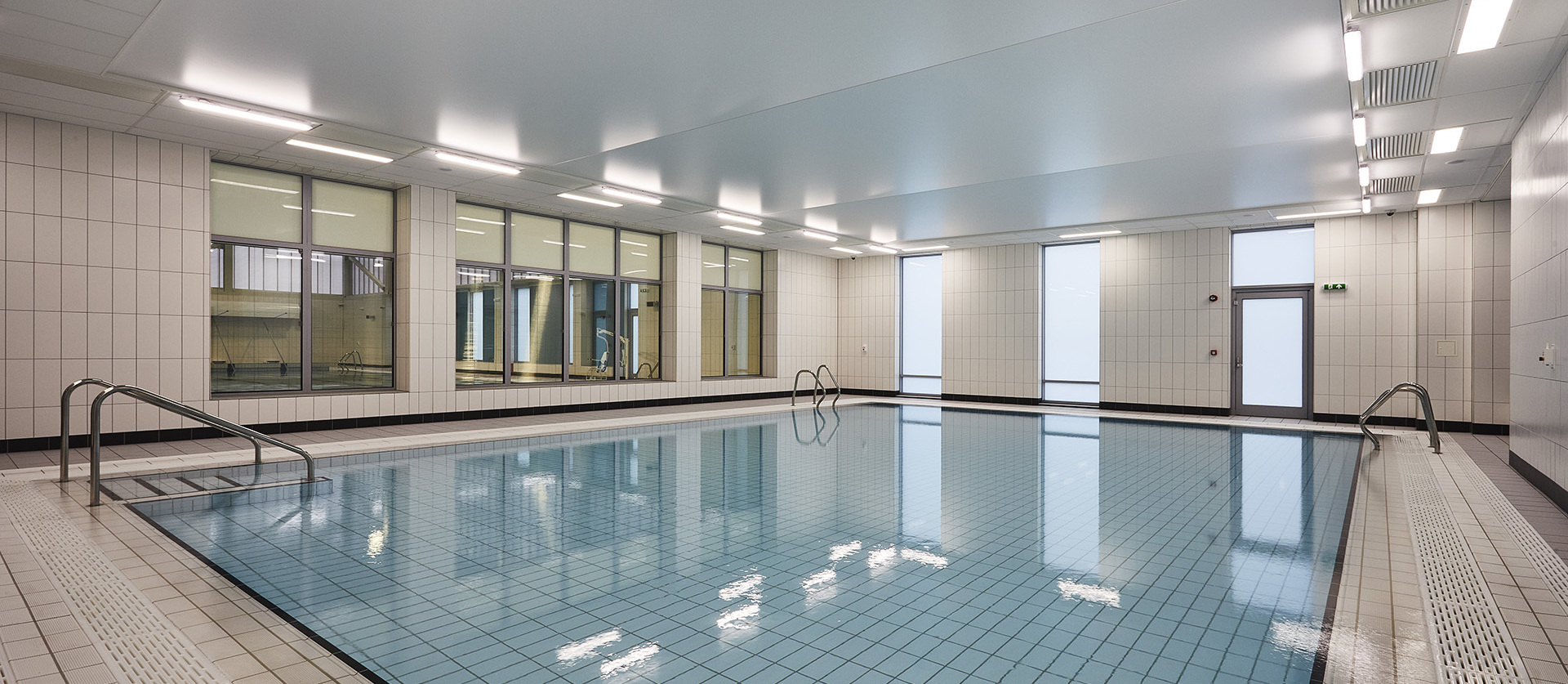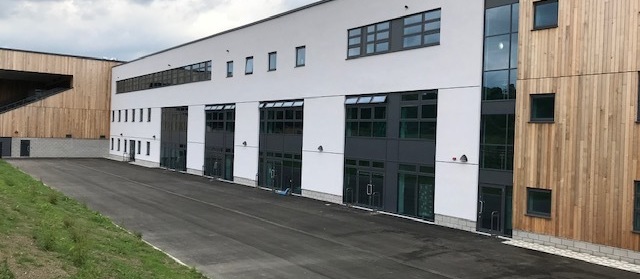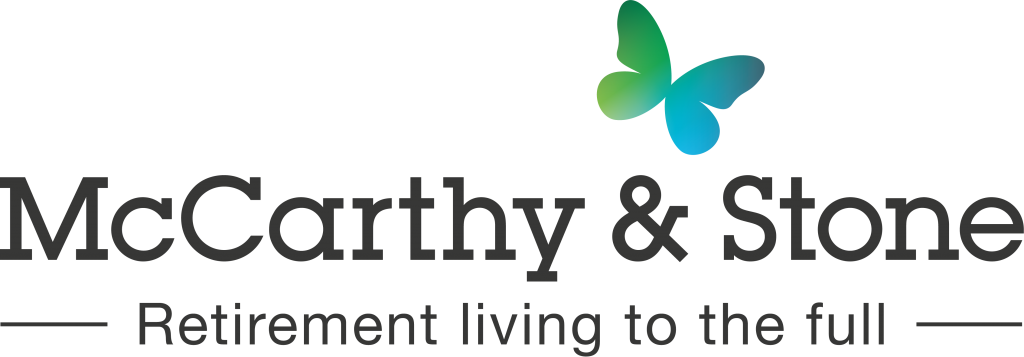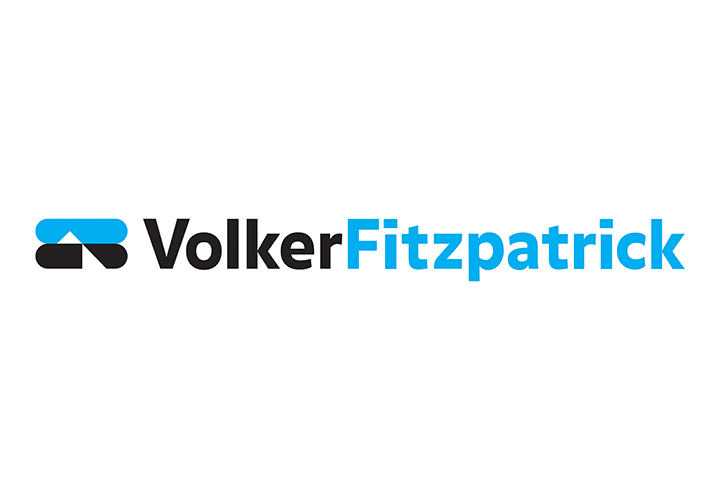Replace the outer layer of a building's exterior with a new material or design.
This process can be undertaken for a variety of reasons, including improving the building's aesthetics, increasing energy efficiency, or addressing safety concerns.
One of the most common reasons for recladding a building is to update its appearance. Older buildings may have outdated or deteriorating materials that can be replaced with newer, more modern options. This can enhance the building's overall curb appeal and help it blend in with surrounding structures.
Another benefit of recladding is improved energy efficiency. The new facade can be designed to provide better insulation, reducing the amount of heat that escapes in winter and enters in summer. This can lead to lower energy bills and a more comfortable living or working environment.
Recladding can also be necessary to address safety concerns. For example, buildings with flammable cladding may need to be re-clad to reduce the risk of fire spreading. Similarly, structures with deteriorating materials that pose a hazard to occupants or passers-by may need to be re-clad to ensure their safety.
Overall, recladding can be a worthwhile investment for building owners looking to improve their property's appearance, energy efficiency, or safety.







We also offer:

Lightweight Steel Framing.

External Wall Insulation

High-Pressure Laminate façade solutions

Aluminium Flashings & copings

Traditional render (sand & cement, ashlar & monocouche)

Terracotta tile cladding systems

Metal cladding systems – Aluminium, Copper & Zinc in plank, cassette or shingle form

Timber cladding systems

Insulated render systems

Flashings & Copings

Brick Slip cladding systems

GRC cladding

Stone cladding

Render systems on carrier board

Dry-lining










